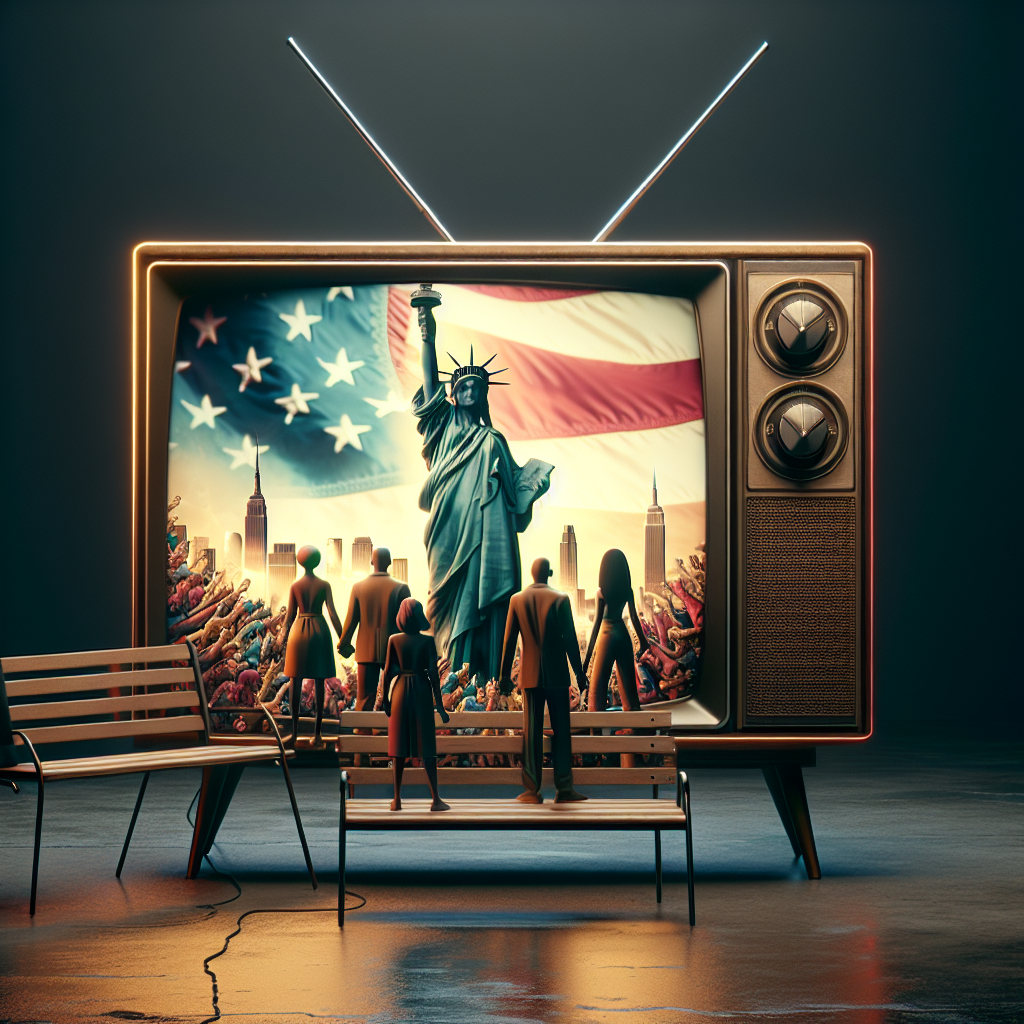Just imagine a television series so bold it shook the airwaves and rattled the moral compass of an entire segment of viewers. That’s "Queer as Folk," the American TV drama that busted out of the TV closet in 2000, making its home on Showtime and filming largely in Toronto. Based on the British series of the same name, it gatherered lots of attention with its uncensored portrayal of LGBTQ lifestyles. Never before had a show dared to present these themes and characters with such authenticity. To its creators, it was breaking new ground; to some viewers, it was breaking the airwaves.
Despite the controversy it courted, "Queer as Folk" did manage to become a cult favorite, running for five seasons before wrapping up in 2005. The series chronicles the lives of five gay men living in Pittsburgh, exploring their friendships, relationships, and everyday challenges. It starred Gale Harold, Randy Harrison, and others who brought these characters to life, providing both entertainment and shock value.
Get ready to buckle up because here are ten takeaways (and critiques) from "Queer as Folk," the series that left no rainbow flag unturned and gave some pundits a reason to clutch at pearls.
Shock Value Was Its Brand: Few mainstream shows at the time displayed the same audacity. "Queer as Folk" didn’t just dip its toes in controversial waters—it cannonballed right in. From explicit content to unabashedly addressing taboo topics, it sought to push boundaries. That was the goal, and boy, did they reach it.
A Cultural Time Capsule?: The show aptly encapsulated the cultural vibe of the early 2000s for a select audience, showcasing the nightlife, the struggles, and the social issues of the LGBTQ community. But did it also pigeonhole them? Watching episodes today feels like stepping back into a time where the focus was narrowly fixed on clubbing and bohemian lifestyles.
Acting: A Mixed Bag: While some performances deserve applause, others felt forced and cringe-worthy. Gale Harold as Brian Kinney might have stolen hearts, but some cast members seemed more like they're reading a script than embodying characters—making viewers question if the dramatics overshadowed the dialogue.
Provoking Equality or Promoting Stereotypes?: For a show so celebratory of diversity, it ironically leaned into some rather archaic stereotypes. Devotees might argue that "Queer as Folk" helped normalize gay culture on television, but it often did so with broad strokes that painted a homogeneous picture of the community it represented.
Storylines Catching Our Attention or Dragging Along?: The series aimed for drama and often landed on melodrama. Storylines vacillated between captivating and tiresome. Sustaining interest over five seasons made for a challenge, leading to arcs that started strong but fizzled out like a sparkler on the Fourth of July.
Agenda on the Agenda: The series overtly catered to a specific sociopolitical agenda, and while it was groundbreaking for its representation, it wasn't shy about promoting a particular worldview. Entertainment or indoctrination? Depends on whom you ask.
Pittsburgh? Or Just A TV Set?: Though set in Pittsburgh, the actual filming took place in Toronto. Sorry, non-TV buffs, your favorite Steel City wasn't entirely real. This was an aspect that confused many, but in the grand scheme, maybe a little creative license was what this spectacle needed.
Romance-Centered Drama: Romance and drama were the spine of "Queer as Folk," but how realistic was this portrayal? The rapid relationship rollercoasters could either seem exhilarating or exhausting. Yet another case where reality and fantasy tango awkwardly.
Legacy Worth Noting or Forgetting?: For better or worse, "Queer as Folk" remains a touchstone within the TV landscape. It's credited with paving the way for more diverse storytelling in mainstream media. Was it art or activism? It depends on where you stand—at the Pride march or back home clutching the TV remote.
Resonating or Polarizing?: Ultimately, "Queer as Folk" wasn't just television—it was a statement. The series offered visibility and resonated with viewers who saw parts of themselves enshrined on screen. However, it also managed to polarize audiences, as it didn't shy away from embodying a sharply defined social and cultural identity.
There you have it, folks. "Queer as Folk" was a wild ride that made a lasting impact through its relentless quest to display candor and character. Whether you treasured its audacity or questioned its motives, one thing's certain: "Queer as Folk" shook up the airwaves and challenged viewers, one controversial scene at a time.

